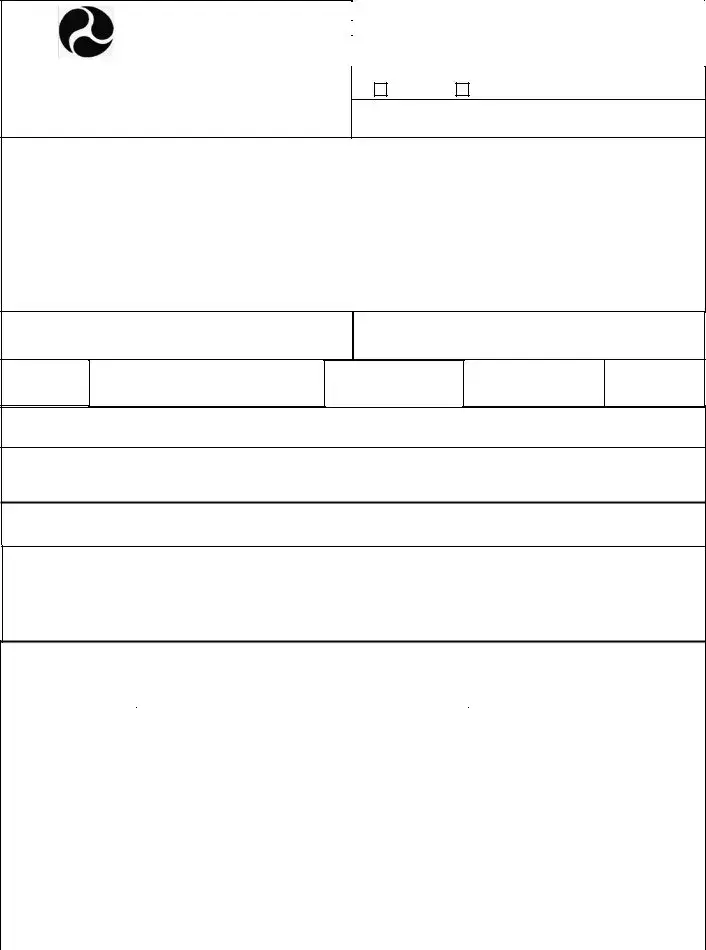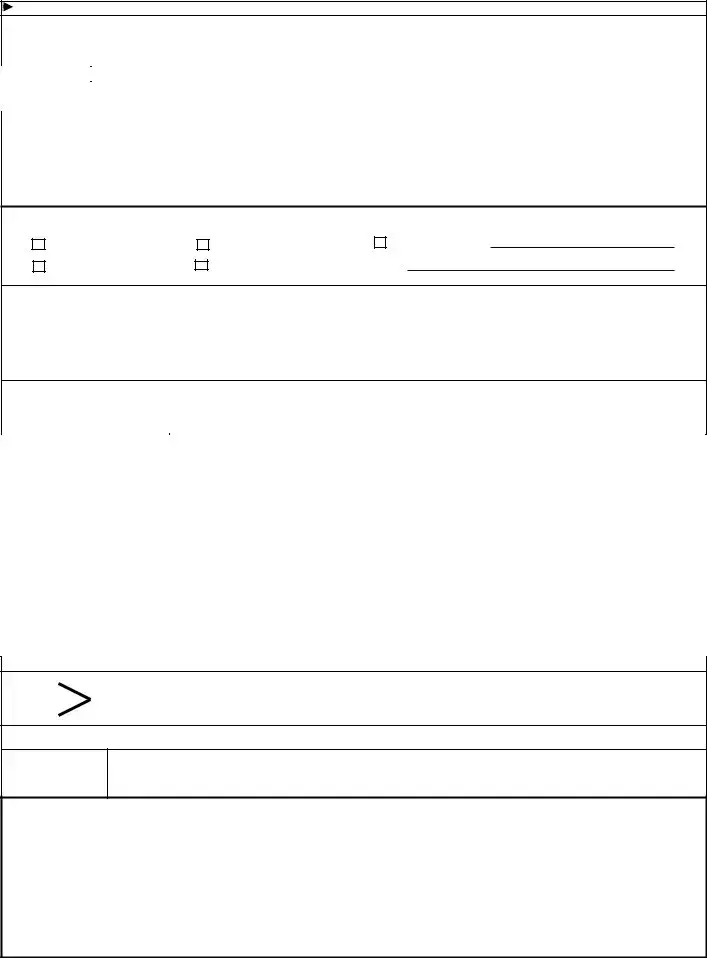Filling out the FAA Form 7711-2 can seem straightforward, but common mistakes can lead to delays or even denials. Many applicants overlook the crucial requirement of submitting the application in triplicate. This means preparing three copies of the form and all necessary attachments to ensure that the FAA has enough documentation to process the request.
Another frequent error is failing to include detailed descriptions in the application. When describing the proposed operation, applicants must provide comprehensive information. Not supplying enough detail may lead to questions that could prolong the review process. This goes hand in hand with omitting essential attachments, such as the required 7.5 series Topographic Quadrangle Map. Without it, the application may not even be considered.
Some people mistakenly believe that information about principal officers is irrelevant. However, the FAA requires applicants to disclose whether they or any key individuals have pending applications or past denials. Failing to provide this information could suggest incompleteness in the application, raising red flags during the review.
Perplexingly, some applicants neglect to mark the specific FAR sections they want waived. While it may appear minor, indicating the exact sections is critical. Without it, the FAA may have difficulty understanding what the applicant is requesting, which could lead to confusion and delays.
Furthermore, missing out on the timeline for the operation is a common oversight. It's vital to specify the beginning and ending dates and times of the event. Incomplete information can create scheduling conflicts in the FAA’s calendar and might cause unnecessary complications.
Another pitfall involves the certification section. Some applicants forget to sign the form, and a missing signature can render the entire application invalid. This step is essential, as it confirms that the applicant is accountable for the details provided.
Also, many overlook the importance of emergency facilities. Providing specifics about available emergency services is necessary. The FAA needs reassurance that appropriate measures are in place to ensure everyone’s safety during the event.
Finally, clarity in the “Schedule of Events” section is critical. While applicants can submit additional sheets, any submitted schedules should be clear and organized. Poorly formatted information may confuse the reviewers, resulting in questions or delays.



